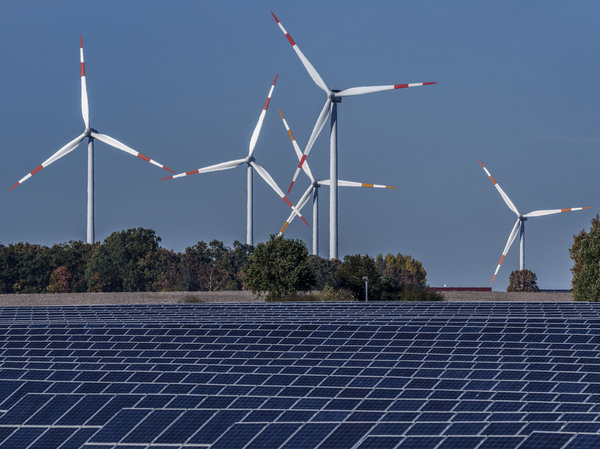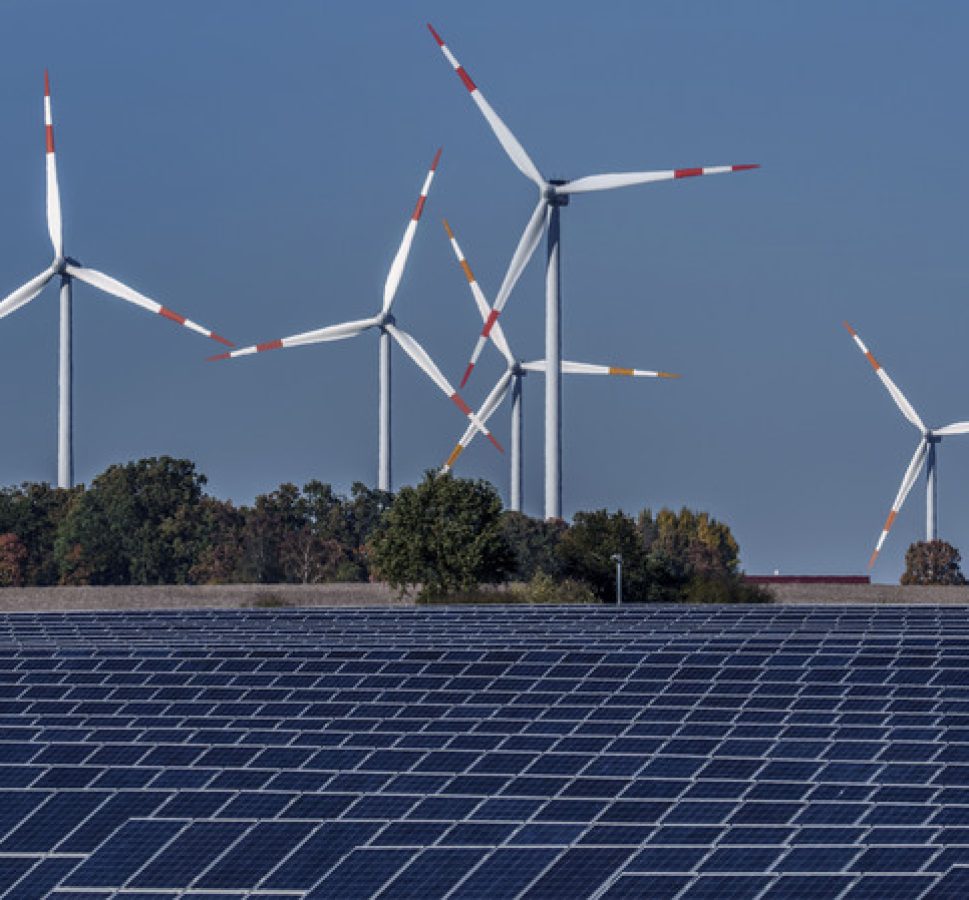
Fossil fuel demand could peak by the end of the decade but the world needs to get behind the clean energy transition to keep climate goals in sight.
Global demand for all fossil fuels could peak before the end of the decade, according to the International Energy Agency (IEA).
Released today, the agency’s annual World Energy Outlook finds that the “phenomenal” rise of clean energy technologies like solar, wind, electric cars and heat pumps is on track to reshape how we power everything from homes to vehicles and factories.
By 2030, ten times as many electric cars could be on the road worldwide, solar power could generate more electricity than the entire US system currently does and renewables could make up 50 per cent of the global energy mix.

Since 2020, investment in clean energy has risen by 40 per cent. This surge is driven not just by the push to bring down carbon emissions, according to the IEA. Economic factors as well as the desire to create green jobs and a need for energy security are increasing the momentum.
It’s not a question of ‘if’, it’s just a matter of ‘how soon’ – and the sooner the better for all of us.
Fatih Birol
IEA Executive Director
“The transition to clean energy is happening worldwide and it’s unstoppable,” says IEA Executive Director Fatih Birol.
“It’s not a question of ‘if’, it’s just a matter of ‘how soon’ – and the sooner the better for all of us.”
These increases are based on current government policy, which often lags behind countries’ stated plans. But the move toward clean energy could happen faster if national energy and climate pledges are delivered in full and on time.
Stronger policies are needed to keep Paris Agreement goals within reach
The report reveals that much stronger policies are needed to keep within 1.5C of global warming. Despite a potential peak by 2030, demand for fossil fuels is still set to remain far too high to keep Paris Agreement goals alive, according to the IEA.
This not only risks worsening climate impacts after a year of record-breaking heat but also compromises the security of the energy system, which was built for a cooler world with less extreme weather.
Bending the emissions curve to a path that is consistent with 1.5C of warming is still possible – but very difficult. The cost of inaction, however, could be enormous with global emissions remaining on track for around 2.4C of warming this century.

Dr Birol says that governments, companies and investors need to get behind clean energy transitions rather than hindering them.
“There are immense benefits on offer, including new industrial opportunities and jobs, greater energy security, cleaner air, universal energy access and a safer climate for everyone.”
Each country has its own path to follow but international cooperation is “crucial for accelerating clean energy transitions,” he adds.
“This all points to the vital importance of redoubling collaboration and cooperation, not retreating from them.”
Global cooperation is needed in the face of rising tensions
The speed at which emissions decline depends on our ability to finance sustainable solutions that meet rising energy demand in the world’s fastest growing economies, according to the IEA chief.
At a time of rising geopolitical tensions in the Middle East, attention once again is focused on energy security. The world is still reeling after the global energy crisis triggered by Russia’s invasion of Ukraine which led to instability and soaring energy bills.
Claims that oil and gas represent safe or secure choices for the future of the world’s energy and climate look “weaker and weaker,” according to Dr Birol.
The IEA report says this underscores once again the “frailties of the fossil fuel age,” highlighting the benefits of shifting to a more sustainable energy system. Extremely volatile energy markets have shown the importance of ensuring we have an affordable, reliable and resilient supply.






